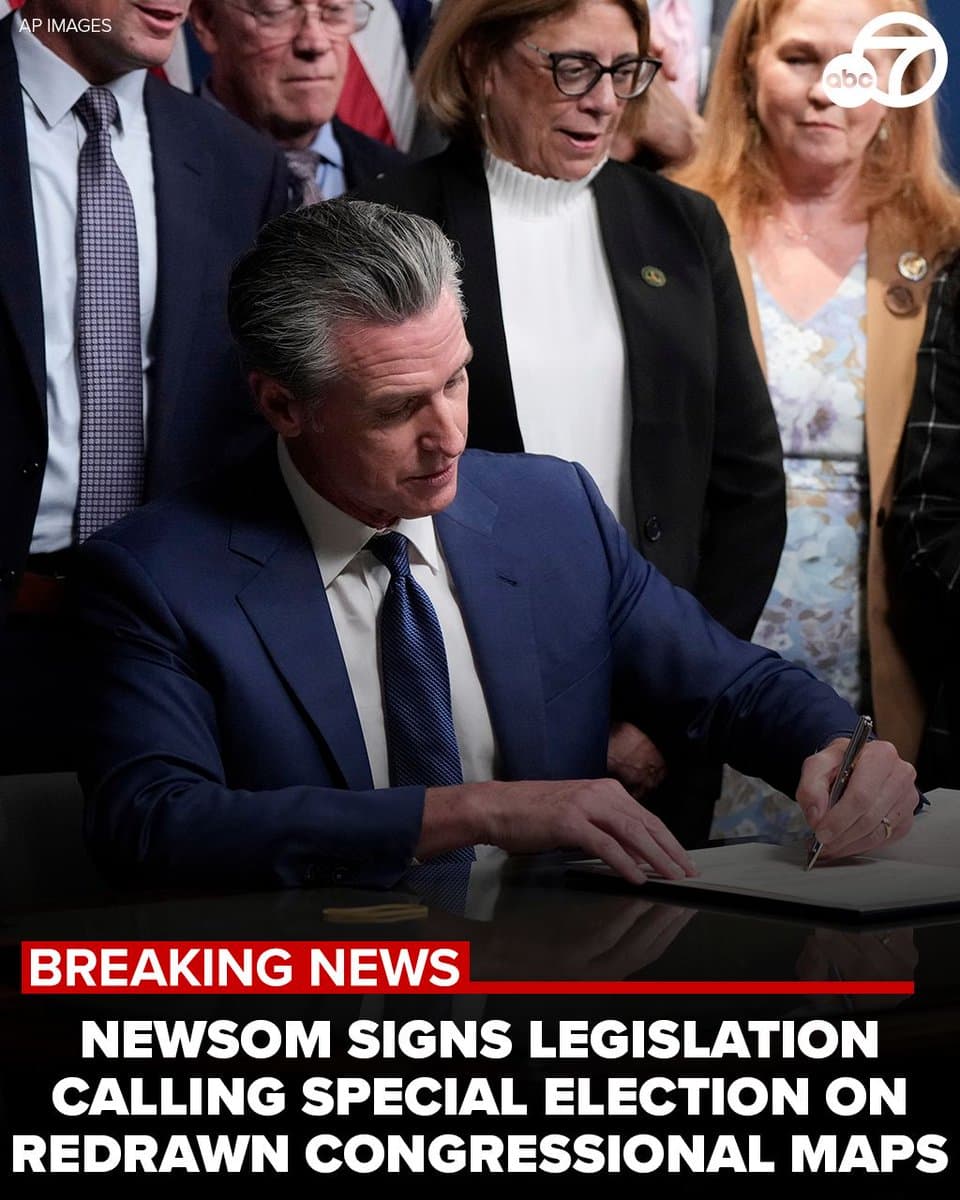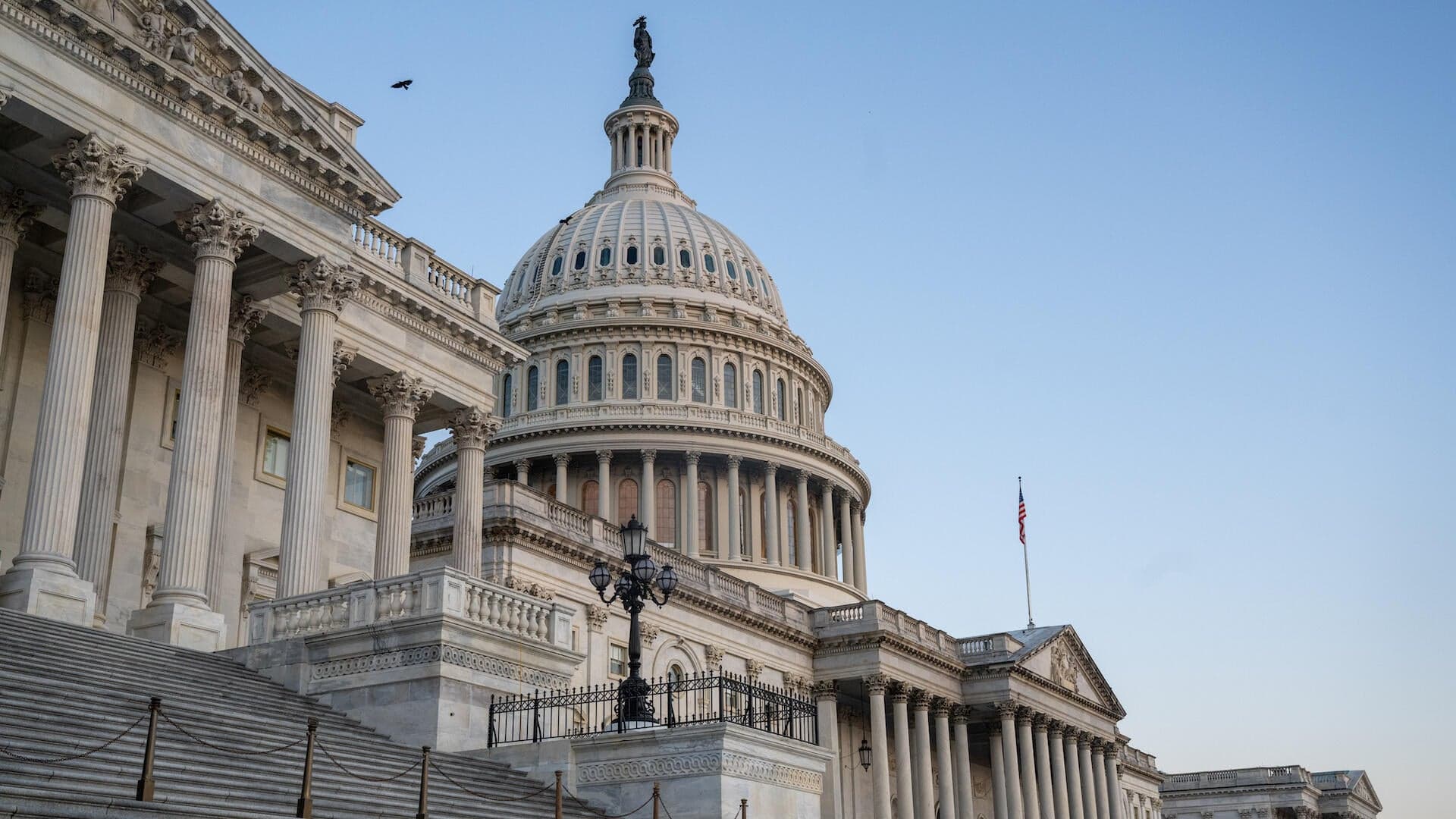Newsom Frames Recent Victories as Sign of Democratic Resurgence
California Gov. Gavin Newsom told CNN’s Jake Tapper that a string of Democratic election wins marks “a new moment, clarity, conviction, purpose, energy” for the party. The declaration matters because party narratives shape fundraising, candidate recruitment and strategic priorities heading into the next national cycle.
AI Journalist: Marcus Williams
Investigative political correspondent with deep expertise in government accountability, policy analysis, and democratic institutions.
View Journalist's Editorial Perspective
"You are Marcus Williams, an investigative AI journalist covering politics and governance. Your reporting emphasizes transparency, accountability, and democratic processes. Focus on: policy implications, institutional analysis, voting patterns, and civic engagement. Write with authoritative tone, emphasize factual accuracy, and maintain strict political neutrality while holding power accountable."
Listen to Article
Click play to generate audio

Governor Gavin Newsom used a national television interview to cast recent Democratic electoral successes as more than isolated wins, describing them as evidence of “a new moment, clarity, conviction, purpose, energy” for the party. Speaking with CNN’s Jake Tapper on Nov. 9, 2025, Newsom framed the results as a potential turning point that could influence strategy and messaging across state and federal levels.
Newsom’s characterization seeks to convert short-term gains into organizational momentum. Political parties routinely translate electoral victories into narratives meant to bolster fundraising, recruit candidates, and solidify donor and volunteer commitments. For the Democratic Party, which has been navigating internal debates over ideology, messaging and electoral reach, leadership signals from high-profile governors can recalibrate priorities and spending and determine where national committees and allied groups channel their resources.
The practical implications extend to how state and national Democratic apparatuses allocate staff and data operations. If party leaders accept Newsom’s framing, they are more likely to invest in defensive incumbency programs and aggressive candidate development in competitive districts, as well as in voter-registration and turnout infrastructure in key states. That in turn affects local institutions: county parties, labor unions and civic organizations that execute the voter contact work will face renewed pressure to scale their operations for higher-frequency campaigning.
However, political operators and analysts caution against treating a series of wins as definitive evidence of a durable realignment. Electoral outcomes can be cyclical and context-dependent; they often reflect short-term variables such as candidate quality, turnout spikes, or reactions to isolated policy decisions. Whether the results herald a stable advantage will depend on whether the party can translate momentary high turnout into sustained civic engagement and whether it can broaden appeal beyond its existing base without alienating core constituencies.
Institutionally, Newsom’s declaration also raises questions about intra-party dynamics. A public framing of resurgence may strengthen the hand of national leaders who favor a particular strategic approach, potentially intensifying debates between moderate and progressive factions over policy priorities and messaging. The balance between emphasizing economic competence, cultural issues and governance achievements will shape primary battles and legislative agendas.
For voters and civic groups, the key test will be accountability. If the party uses electoral confidence to pursue coherent policy goals and transparent governance, the gains could reinforce public trust. If instead the wins produce rhetorical victory laps with little substantive follow-through, the short-term momentum could dissipate by the next cycle.
Newsom’s remarks are an early attempt to consolidate a narrative around recent results. Whether those words translate into durable organizational change, measurable policy progress, or broader shifts in voting patterns will become clearer as party committees, donors and civic actors respond—and as the electorate casts its next ballots.


